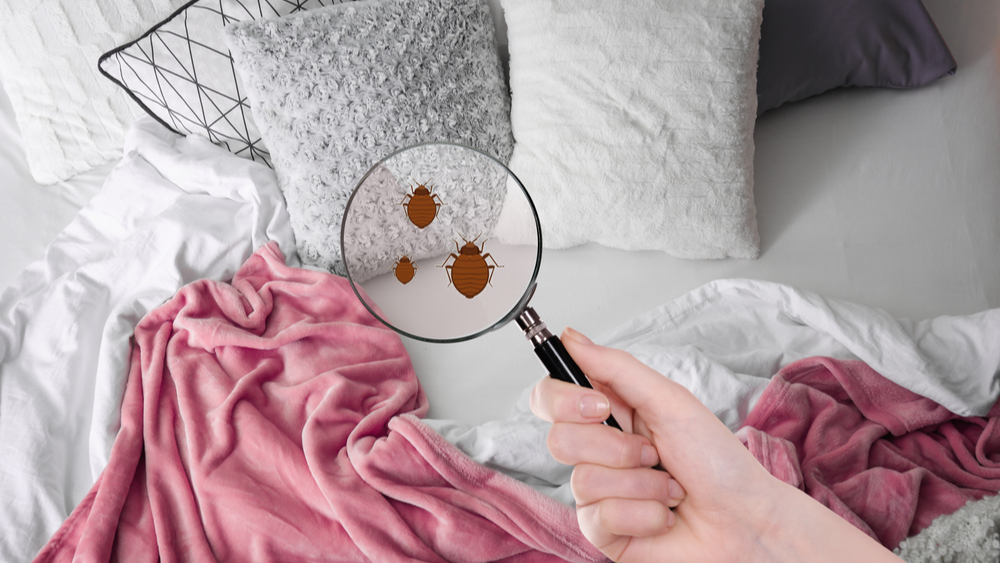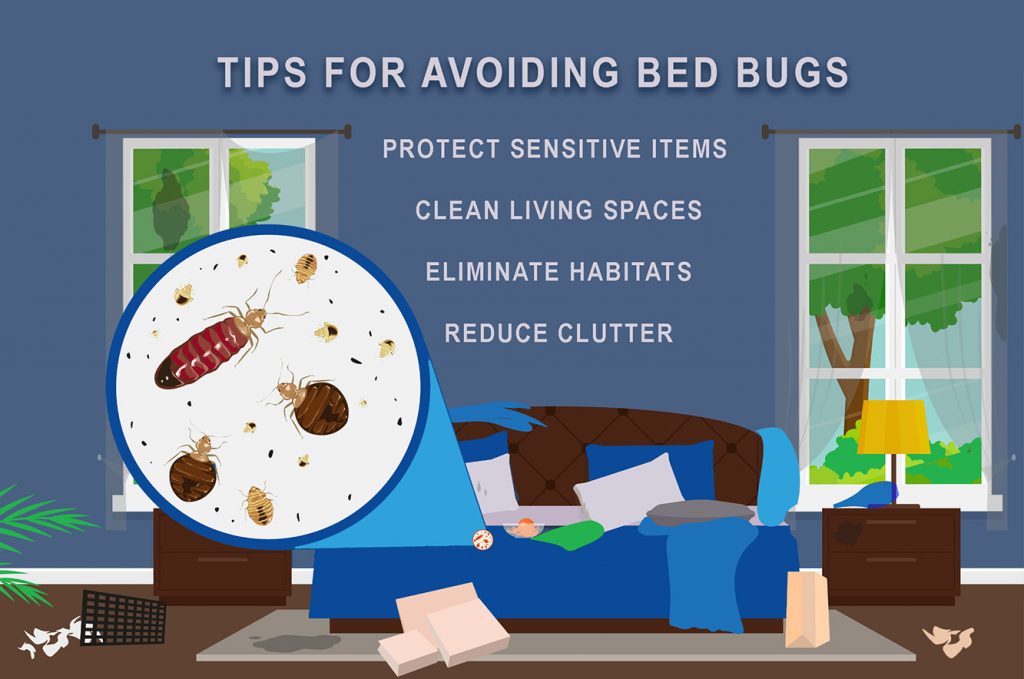
Pests that can travel from the walls to your furniture can wreak havoc on your peace of mind, property, and family. Treatment options exist, but choosing for bed bugs—heat vs. chemical-depends on many factors. Here are some tips to make sure that you know what processes make the most sense for your loved ones and the size of your infestation.
Basics of Bed Bug Removal and Treatment
If you notice that you have bed bugs, these pests will have already been laying eggs and be at various stages of their life cycle. While they often attack while people are using furniture, they will also be building nests in wooden structures or cracks in the wall. As a result, there are multiple treatment needs. You need to be able to keep bed bugs from laying new eggs, biting you and your family, and stopping larva from becoming bed bugs.
The Environmental Protection Agency notes that at-home heat and chemical treatments are an option. However, while they are possible, they are quite difficult. You would need to be able to identify each region that is infested, gather adults and attack them with a hairdryer set on high, and be able to protect your furniture and belongings for the use of any interior foggers or diatomaceous earth.
Choosing Treatments for Bed Bugs: Heat vs. Chemical
There is a certain temperature at which all bed bugs cannot survive, regardless of the stage of life, which is around 130 degrees. A certified pest control management team can use industrial heaters and fans to create this “heat box” in an area as small as a tent for small infestations or as large as a whole house using special tenting.
There are several advantages to this—there is usually no need for follow-up treatments by a pest control technician, ensuring that the problem is solved and areas are again safe for use. There are also no chemical concerns to worry about for family and pets that need to be able to use the structure again.
Chemical treatments also have some significant benefits. The initial cost is often lower for homeowners, and they are especially useful if the problem is relatively contained, such as to one piece of furniture. Whether you own a home or manage a commercial facility, you also won’t have the stigma of seeing a giant heater truck with large-diameter pipes attached to your home.
On the other hand, chemical treatment requires multiple visits, with a technician returning to check for signs of ongoing bed bug growth and infestation. Depending on the level of infestation, you may also be asked to throw out certain furniture that is important to you. You also need to ensure that you follow the technician’s directions on waiting to return to your home.

Tips for Choosing Bed Bug Treatment Options
The biggest factor in the success of a bed bug removal project is the experience of the pest management professionals performing it. For example, when performing a heat treatment, you need a team of at least two technicians who place remote thermometers inside your home. This ensures that all spaces of the treatment area reach the minimum temperature since walls heat up less quickly than, for example, the air around an armchair.
Chemical treatments are usually more affordable than heat treatments, but they may not be effective the first time. Your pest management professional may schedule one or two follow-up appointments to ensure that they are able to resolve the problem completely. You will also need to carefully follow instructions if you have small children or pets to reduce exposure to potential toxins used in the pest management process.
Your pest control management company will also provide you with a list of tips to prepare the room(s) in your home that need to be treated, including things like:
- Reduce clutter
- Keep clothes off the floor.
- Place trash or unwanted items in trash bags to be discarded.
- Clean living spaces
- Remove and clean drapes.
- Clean and inspect baseboards.
- Protect sensitive items
- This could include items like printer toner, pens, or crayons in a kids room
- Anything that could be damaged by high heat should be inspected and carefully moved.
- Eliminate habitats
- Check electrical outlets.
- Repair cracks in baseboards
This list is not exhaustive but will provide a starting point to begin prepping for bed bug treatment.
Get Help with Your Bed Bugs Treatment Needs
Nozzle Nolen has decades of experience assessing homes and commercial properties and eliminating infestations by helping you understand the options for treatments for bed bugs—heat vs. chemical.
Call us at 800-226-6536 or Contact us to schedule a discreet and comprehensive evaluation. We look forward to serving you whether you have bed bugs or other pest management concerns.




